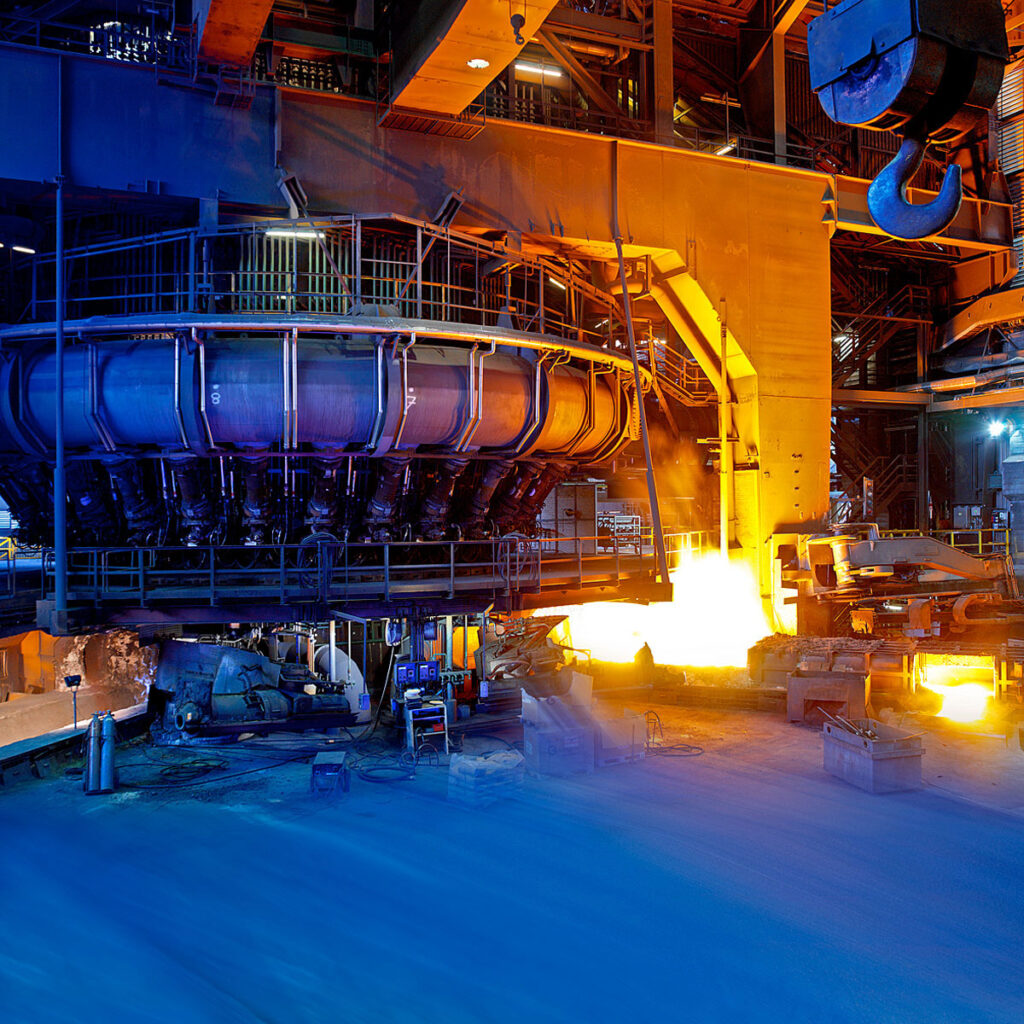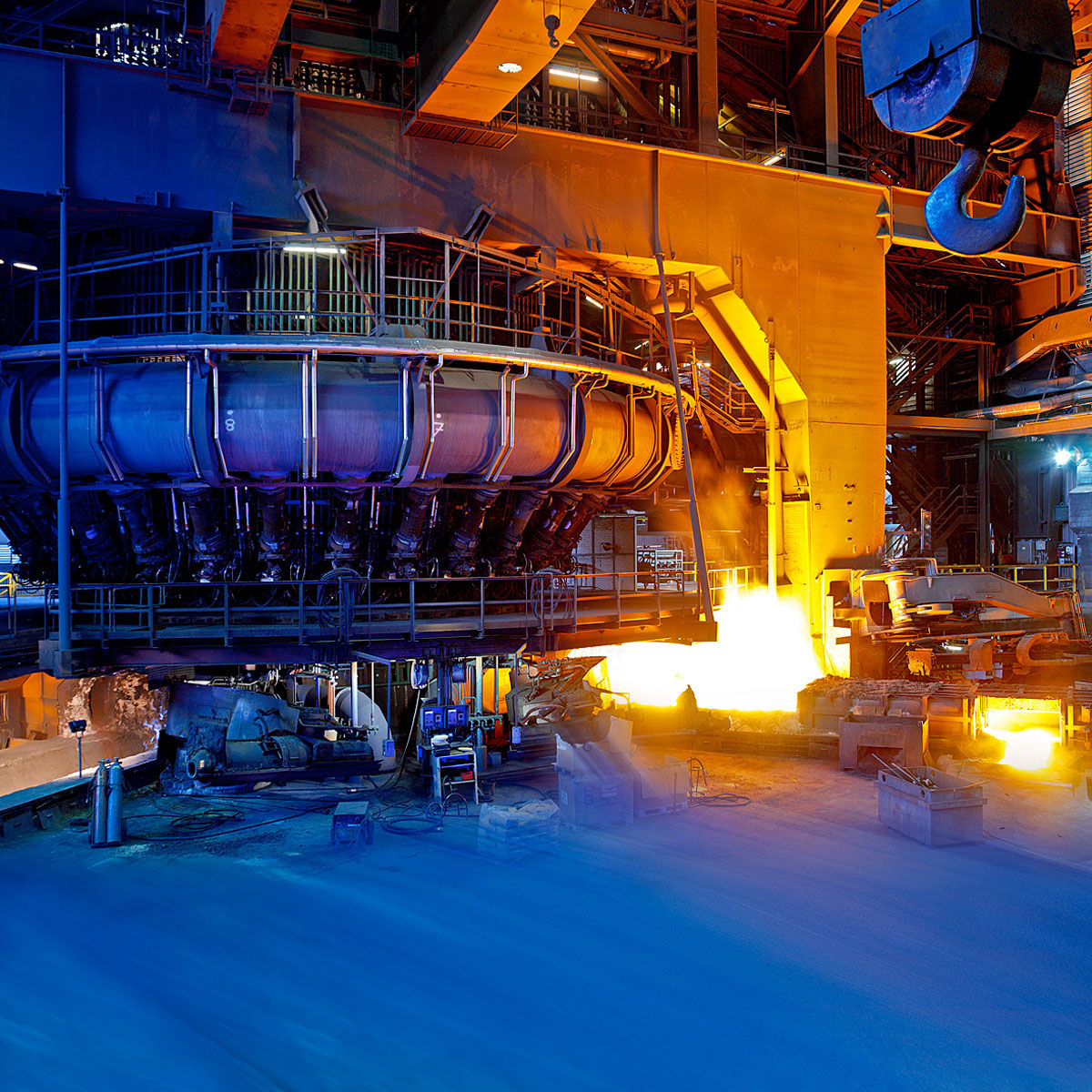
Questions swirled Thursday at Kallanish’s Europe Steel Markets 2020 virtual conference regarding the potential costs – large and small – of Europe’s on-going transition to green steel.
“The question we should ask ourselves is, “can we not afford how we pay for a fossil-free product in the future?” said SSAB vice president of technical development Carl Orrling.
In response to a question about the potential costs attached to producing green steel via hydrogen, Orrling said that affordability will be developed synergistically by rising carbon costs and improved hydrogen and electricity technology.
The future supply of both hydrogen and electricity, however, remains an open question, said StahlmarktConsult managing director Andreas Schneider.
“I think it’s not a matter of single European countries – it’s a task for the whole European Union,” he observed. “You will need so much energy and hydrogen, and a lot of countries all over the world will compete for this… and it’s a question not first of prices, but of availability.”
The sense of a shared fate for European steelmakers – which will involve political will as well as corporate – will ultimately be shared by steel producers and consumers worldwide, said Feralpi Stahl ceo Christian Dohr.
“I think we all find ourselves in a world where we’re not isolated anymore,” he commented. “We’re all interconnected. These trends will become relevant to everyone very quickly. It matters. This also matters to consumers. They may not take a look today exactly what steel is in their car or in their fridge, but in the future they may. I think it will become very relevant.”
Ultimately, Orrling said, green steel will come with increased costs. It will likely command a price premium, and there will be a certain amount of sunk costs associated with developing green steel technology.
“There is a cost to this transition,” he explained. “[But] we also get something. We get a better environment, and in this case, we try to reduce the temperature around the world. But it does come at a cost.”






